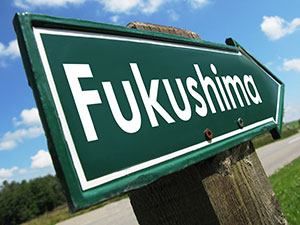There are a number of factors that have to be considered when assessing the health effects of radiation exposure: for example land decontamination efforts, size of evacuation area, shielding by buildings and terrain and consumption of contaminated food.
Jan Beyea, from the US expert consulting service Consulting in the Public Interest, together with fellow colleagues has been analysing previous calculations of the subsequent nuclear accident in Japan, and believes that the number of predicted future mortalities from cancer is higher than originally predicted. ‘Health consequences predicted for the Fukushima Daiichi accident are dominated by “groundshine” gamma radiation from the decay over several decades of dispersed radioactive caesium. Although an individual’s risk is small, the mid-range, predicted number of future mortalities from cancer is closer to 1000 than the 125 figure calculated without considering long-term groundshine [gamma radiation emitted from radioactive materials deposited on the ground].
Read the article from EES:
Accounting for long-term doses in “Worldwide health effects of the Fukushima Daiichi nuclear accident”
Jan Beyea , Edwin Lyman and Frank N. von Hippel
Energy Environ. Sci., 2013, Accepted Manuscript
DOI: 10.1039/C2EE24183H











